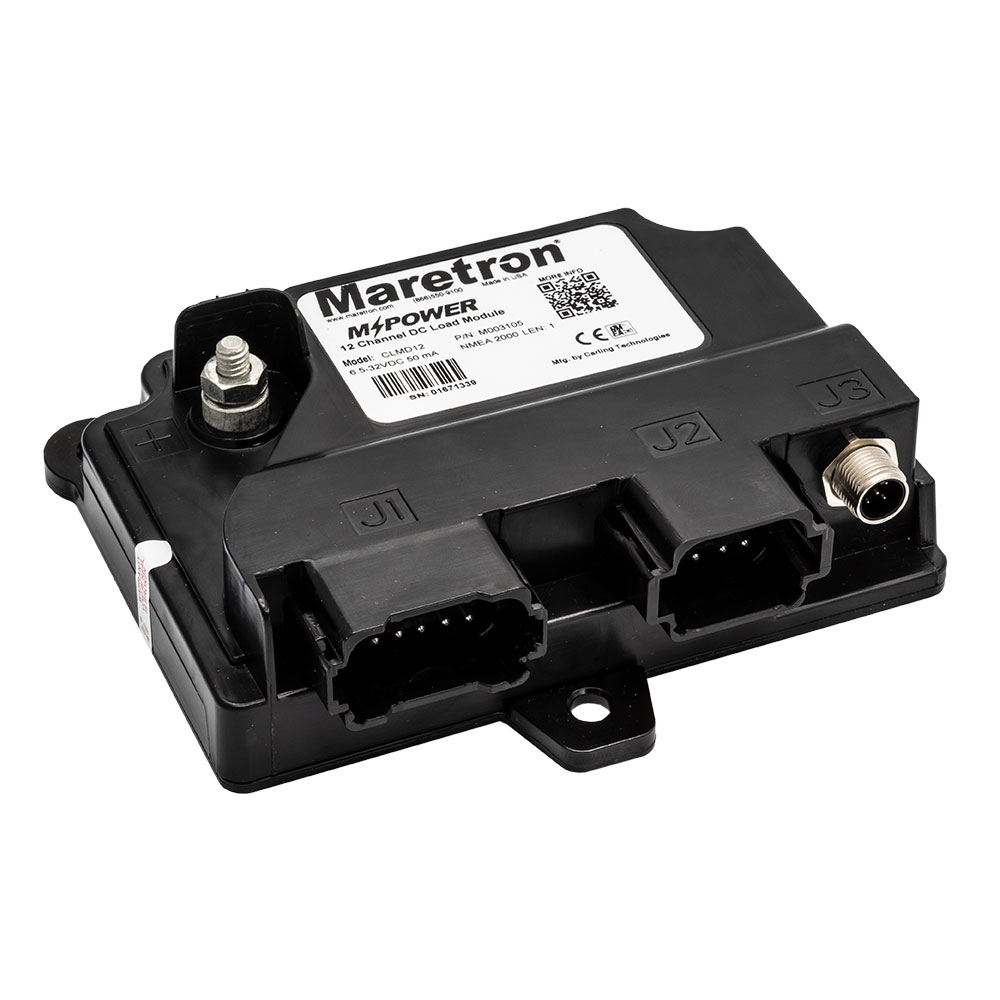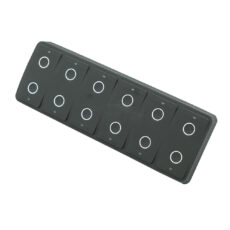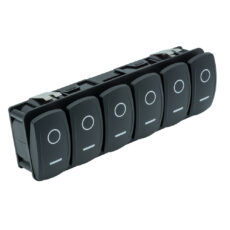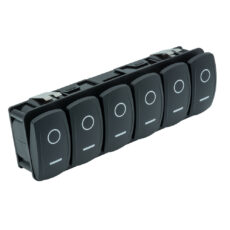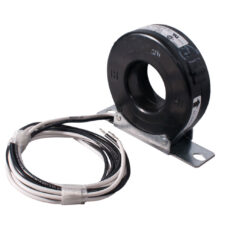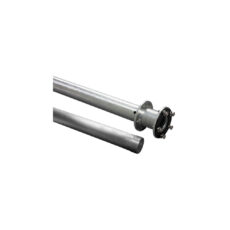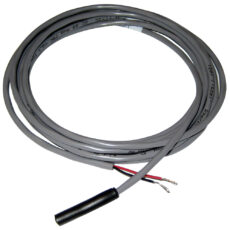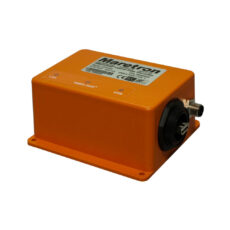Description
- IP67 Rated
- Ignition Protected
- Opto-isolated from NMEA 2000®, eliminating groud loops
- Twelve (12) dimmable Electronic Circuit Breakers (ECBs) for On/Off Control over NMEA 2000® network
- Two (2) breakers capable of carrying up to 12 Amps, Six (6) breakers capable of carrying up to 10A, Four (4) breakers capable of carrying up to 5 A.
- Individual breaker electrical current monitoring
- Breakers can have Power-Up states defined (ON, OFF or Previous State)
- Breakers can be Locked against inadvertent actuation.
- Seven (7) discrete inputs configurable as Active High or Active Low
- Automatic ECB overcurrent shutdown
- Automatic ECB thermal shutdown (Overtemperature Protection)
The new MPower® Series by Maretron replaces standard mechanical circuit breakers and switches with state-of-the-art digital power distribution. Customers looking to achieve the power and convenience of advanced home automation for their boats will appreciate MPower’s seamless, reliable operation as well as simple and cost-effective installation.
Maretron’s new CLMD12 offers 12 programmable DC electronic load modules in an innovative, scalable configuration, capable of switching up to 5, 10, or 12 Amps with a total current capacity of 75 Amps. The CLMD12 provides fast switching and low-loss solid state ON/OFF switches.
The CLMD12 connects directly to the NMEA 2000® network, allowing breakers to be turned on and off from a Maretron DSM-Series display or any device running Maretron N2KView® (including Maretron’s TSM-Series multifunction displays and MBB-Series black boxes or smart phones/tablets running N2KView software). And, since the CLMD12 supports standard NMEA 2000 messages, it can be controlled by any NMEA 2000 device.
In addition it has 7 discrete digital inputs that allow loads to be controlled directly from hardwired switches.
The CLMD12 easily handles resistive DC loads like lights and inductive DC loads like pumps and motors. An added benefit of the CLMD12 is that it reports the current through each of the 12 breakers. This allows you to determine if loads are drawing too little electrical current such as burnt-out bulbs, or if the loads are starting to draw too much electrical current.
